Innovation Zone
You will be able to see our latest research of AIST through actual prototypes and explanatory videos.
These results have been organized into three zones such as green technology, life technology and manufacturing technology.
Please visit AIST and imagine the future of science and technology.
LIFE TECHNOLOGY
Life Technology that Leads to a Safe and Healthy Life of the Future.
Personal Care Robots: Safety Verification, Standardization in Progress

Personal care robots for performing human tasks such as nursing and housework are used in various areas of daily life and come in close contact with humans, and therefore must be safe and secure. AIST has been conducting R&D on personal care robots while also studying safety verification methods and international standardization processes in order to improve the relationship between humans and robots for the future.
Closed-type Plant Factory: Drawing Out the Hidden Power of Plants
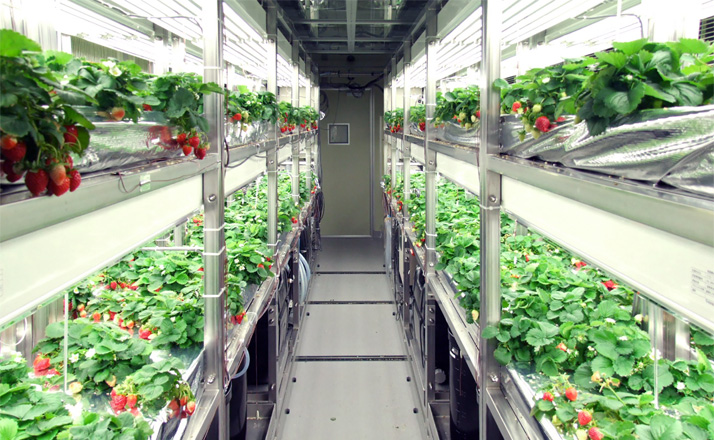
Genetic engineering is an effective method for making use of the hidden power of plants in manufacturing medicines. However, the cultivation of genetically-modified plants in open fields has been regulated by law from the perspective of biodiversity conservation. At AIST, a test plant for a completely closed-type plant factory was constructed at the Hokkaido Center, and technology that utilizes genetically-modified plants for manufacturing medicines is being developed, without any external impact.
Neuro Communicator®: Communication Support for Patients
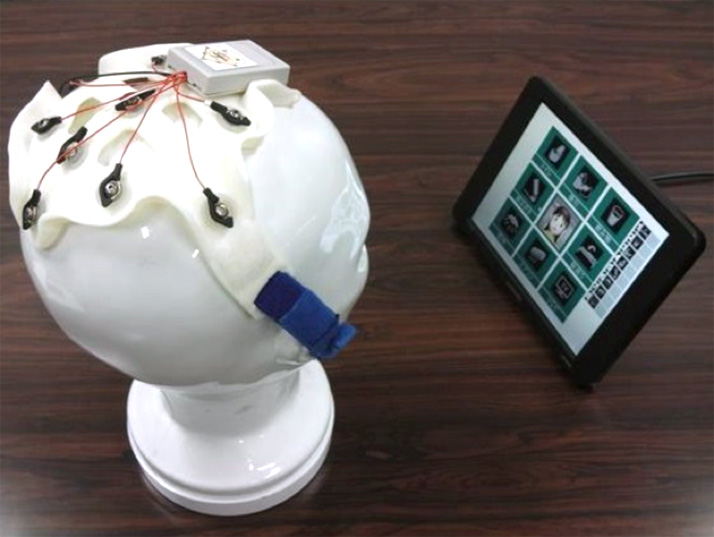
AIST has been developing a brainwave-based brain-machine interface (BMI), Neurocommunicator® for a communication aid of patients with severe motor deficits. The system enables them to express their feelings and requests via an avatar to their family and caregivers.
Staining Living Human iPS Cells: Regenerative Medicine Technology
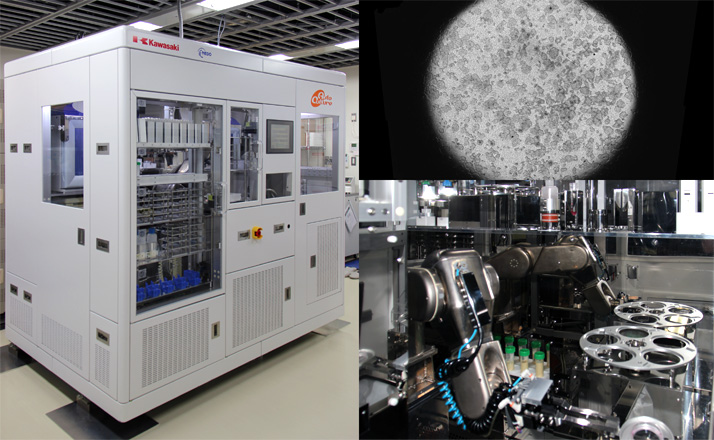
Since Dr. Shinya Yamanaka received the Nobel Award in 2012, “iPS cells” have become known all over the world. The discovery of iPS cells has greatly increased the possibilities of regenerative medicine using pluripotent stem cells. At AIST, realization of regenerative medicine using iPS cells has been set as a goal, and progress is being made on developing iPS cell technology including manufacture, automatic culture, quality control and sorting.
Color Infrared Night Vision Photography

All infrared scopes and cameras photographing objects in darkness produce monochromatic images. AIST has developed a technology for producing colors close to those of an object viewed under visible light from an image captured under infrared light. This new technology is particularly useful for security, automotive monitoring, and animal observation in darkness.
Nondestructive Inspection Technology: Supporting the Maintenance
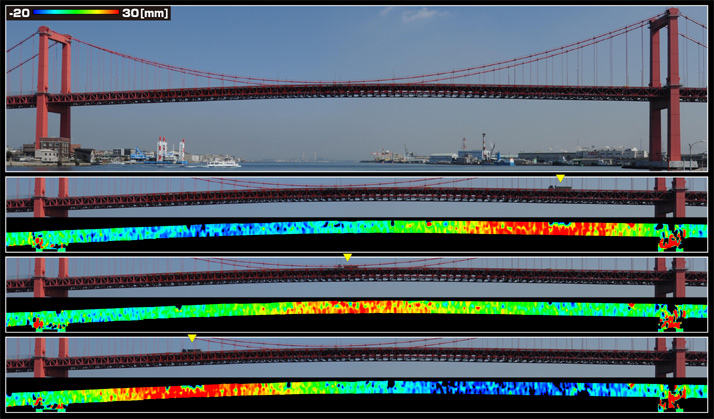
Nondestructive inspection is used to manage the quality of bridges, buildings, and other structures and also transportation equipment, members, and other industrial products. This is an important technology supporting a secure and safe society. AIST is researching new measurement technologies, such as deformation testing and flaw detection using stress luminescence substances and moire patterns. We are also developing small X-ray sources and nitride aluminum thin-film sensors. In this way, we are improving nondestructive inspection technology in a wide range of fields.
Research on Tsunami Deposits: Ready for Future Earthquakes
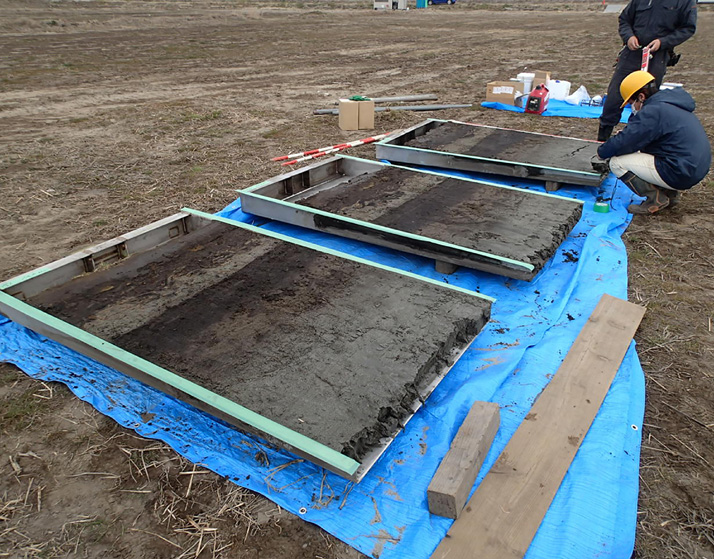
An understanding of the history of past great earthquakes is essential for minimizing the damage caused by future earthquakes. It is important, especially in an island country such as Japan that is surrounded by the sea on all sides, to anticipate future earthquake-generated tsunami inundation using historical and geological records. Here we introduce our study on paleotsunamis using a peeled sample display of the tsunami deposit in the Sendai Plain.
3D Geological Map of Urban Area for Disaster Mitigation and Ground Assessment
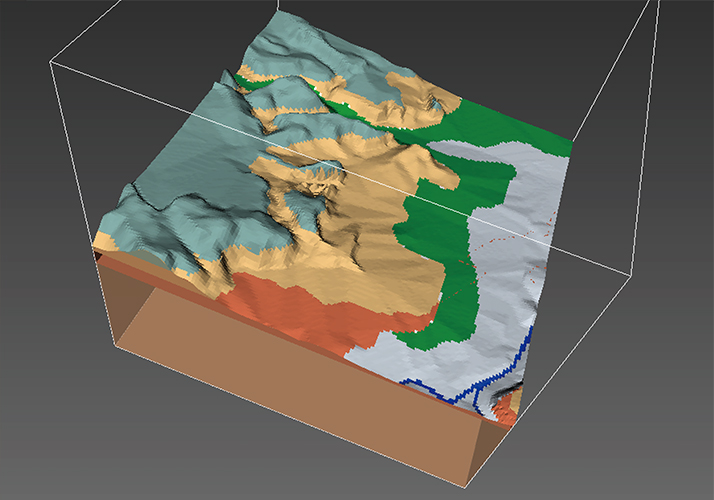
In recent years, the general public has expressed growing concern over geological conditions in urban areas, especially as related to possible occurrences of large earthquakes. To improve the public's understanding of geological conditions in urban areas, AIST is in the process of developing 3D geological maps that clearly display the distribution of geological strata, based on borehole logs and other geological and geomorphological data.
3D Tactile and Kinesthetic Senses Technology: Creates Virtual Sensation
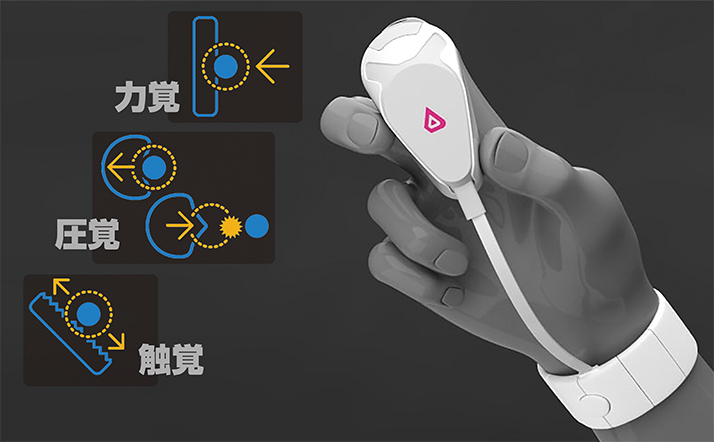
Research that creates the feeling of touch in the air is advanced at AIST. The compact device placed on a finger gives someone the illusion as if it was pulled and pushed although the finger touches nothing. The key is to send special vibrations to the finger. We aim at the realization of low cost and downsizing and the application to various industrial fields, including entertainment and medical care industries.
"Glycobiomarker": Rapidly Assessing the Progression of Hepatitis
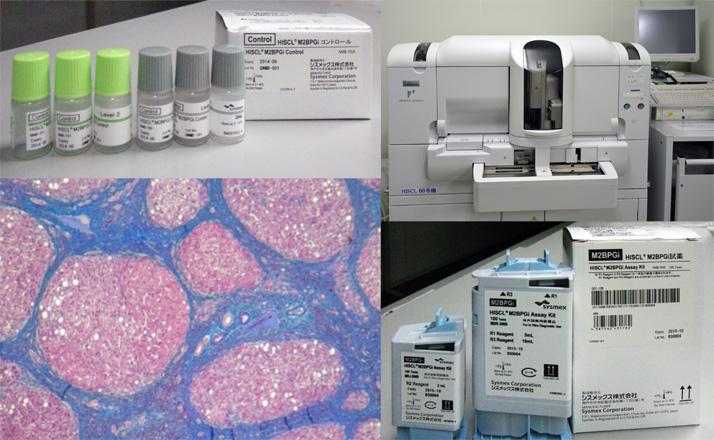
Viral hepatitis can cause cirrhosis and hepatoma if it progresses. AIST has developed a technology for rapid diagnosis of hepatic fibrosis associated with the progression of hepatitis using a glycobiomarker. This technology realized prompt measurement of the extent of hepatic fibrosis simply by blood testing, without hospitalizing the patients, and getting the results within 20 min.
Fabric Speaker : Sound-producing cloth
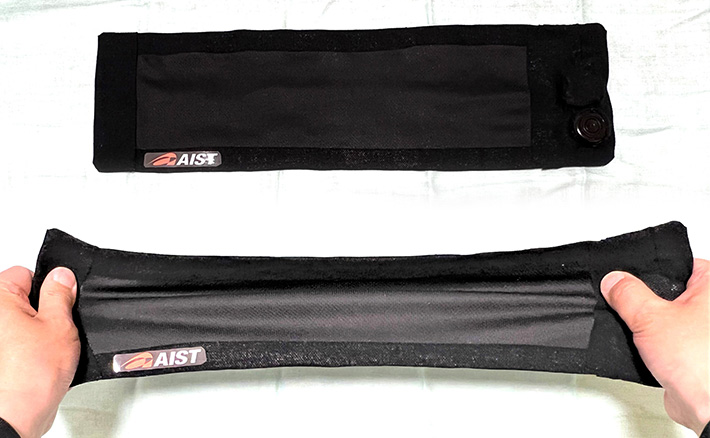
A fabric speaker is a novel device that produces sound like a conventional speaker from a stretchable, soft cloth. A conductive cloth works as an electrode, and the sound is produced by vibrating the film sandwiched between thecloths. Since the shape can be freely changed like a soft cloth, information can be transmitted from various locations, such as clothing and fabric furniture.
"Mahoro": Lab Robot Assists Fast, Accurate, Drug Development
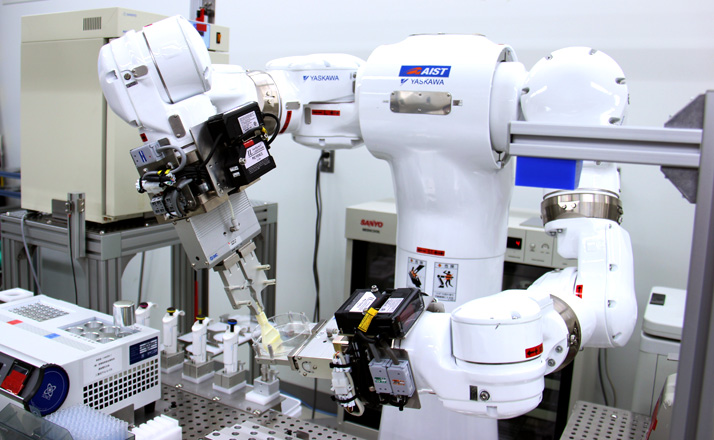
Laboratories involved in drug development and other life sciences cannot avoid lab work consisting of a never-ending series of tedious manual operations. We developed a robot that performs operations that previously only skilled humans could do. The humanoid robot Mahoro can be adapted to all kinds of operations, if trained, and can carry out the operations continuously without ever making a mistake.
"Songle": A New Futuristic Form of Digital Music Enjoyment
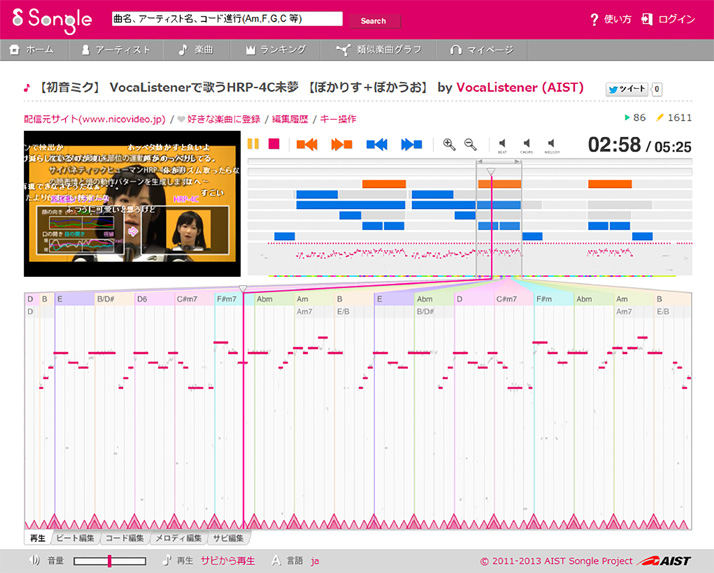
Digital music has changed the way we enjoy music tremendously. It is easy to experience music over the Internet, but finding the song we want amid endless sources of music remains difficult. AIST's Songle service automatically analyzes songs on the Internet and visualizes the results as a music map.
GREEN TECHNOLOGY
Green Technology that Creates a Rich Future for People and the Earth.
Strategic Urban Mining: Recycling Technology to Assist Society
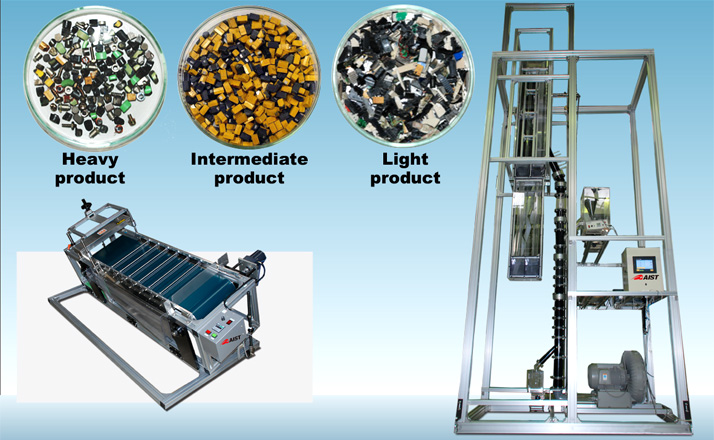
Precious metals and rare metals are contained in small quantities in discarded electronic equipment such as cell phones, laptop computers and digital cameras. Such metal resources have conventionally been discarded. However, if the resources hidden in these so-called "urban mining" could be recycled, they would provide valuable resources for Japan. AIST is promoting the development of technologies to extract resources dormant in these urban mining with high precision, as well as systems to recover the resources systematically.
Methane Hydrate: The World's First Offshore Production Test

Resource-starved Japan is looking to methane hydrate as a new energy form. Large reserves of methane hydrate have been confirmed in the seas around Japan, but methane hydrate does not flow under its own pressure like natural gas, which greatly hinders its development. To address this problem, the world's first offshore production tests were conducted in 2013 during which the effectiveness of a depressurization method, developed by AIST, was demonstrated.
Artificial Photosynthesis: Energy Produced by Solar Light
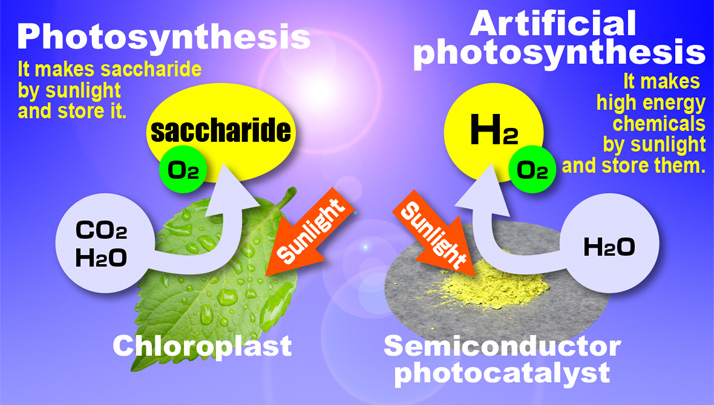
Artificial photosynthesis is attracting much attention amid various efforts to develop renewable energies. One of the problems of solar power is the difficulty of storing electricity. In contrast, artificial photosynthesis can produce hydrogen, which is a form of stored energy, from solar light and water. The development of high-performance materials and clarification of the reaction mechanism will accelerate the commercialization of this ideal technology.
Further Progress in High-Performance Solar Cells
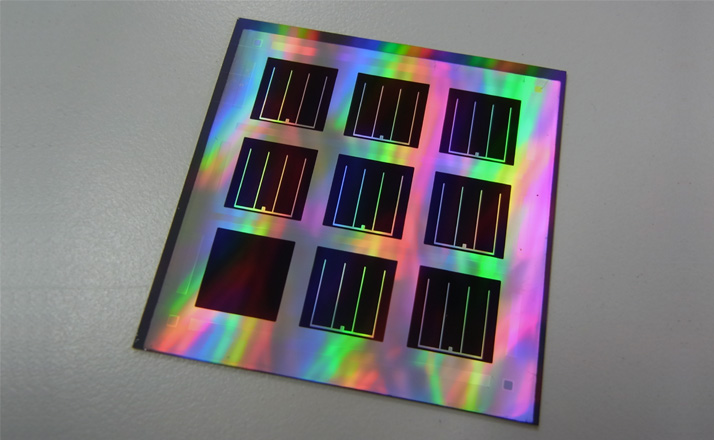
Various kinds of solar cells including not only the market-dominating crystalline silicon cells but also thin-film silicon, CIGS and organic cells are developed in AIST. Both energy rating and improvement in reliability are also studied for massive deployment of photovoltaics. Prototype production line for next-generation crystalline silicon solar cells and modules has also been established at Fukushima Renewable Energy Institute, AIST (FREA).
Spintronics: For Future Eco-IT Devices with Ultra-low Power Consumption
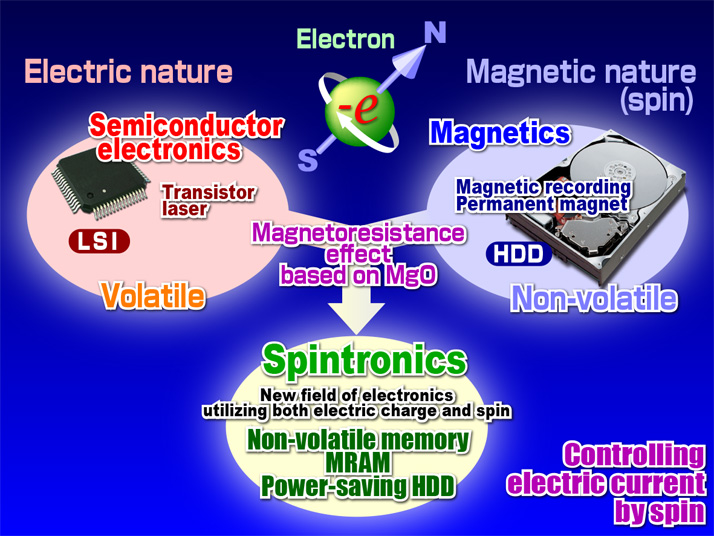
"Spintronics" is a new field of electronics, in which both the electric nature (charge) and magnetic nature (spin) of electrons are utilized to create novel electronic devices. The magnetoresistance effect of MgO-based magnetic tunnel junctions (MTJ), which was originally developed by AIST and is the core technology for spintronics today, is widely used in the magnetic heads of hard disk drives (HDDs). Moreover, AIST is developing a novel non-volatile memory "MRAM" for future eco-IT devices with ultra-low power consumption.
Humidity-controlling Construction Materials Employing Porous Ceramics
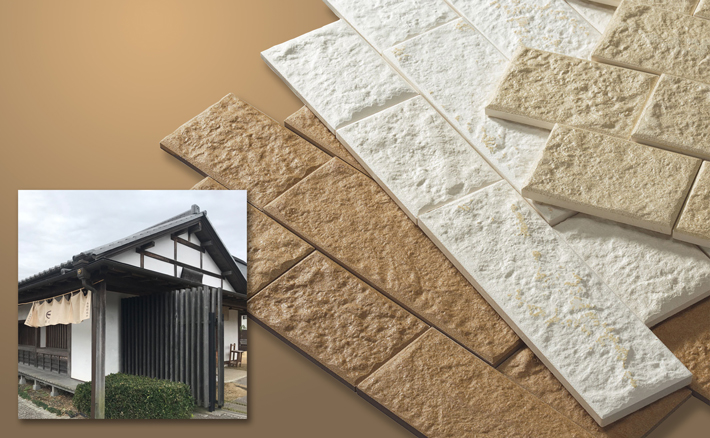
Super airtight and super insulation houses of today are assumed to be good for energy conservation because the inflow and outflow of heat are small. However, the higher the airtightness, the fewer routes for steam from cooking and baths, for example, to escape and this means that ambient humidity tends to be high. As a result, occurrences of dew condensation and mold become problems. This construction material that was developed with a clue from traditional Japanese mud walls can control humidity without using electricity.
Power Electronics: For Next-Generation Electric Power Networks
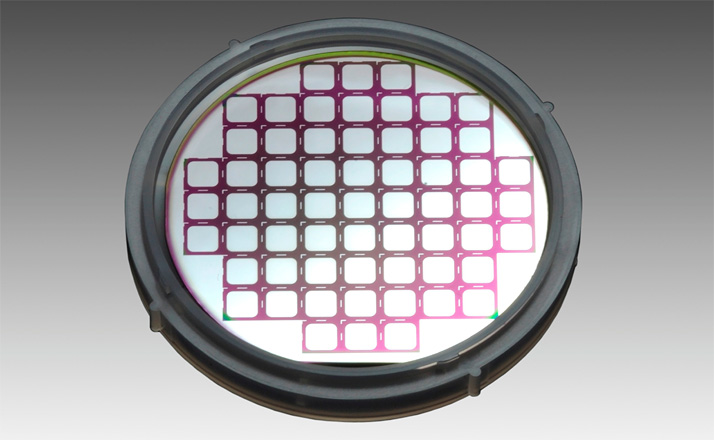
Electric power is indispensable for our daily life. Technologies of power electronics support the efficient distribution and utilization of electric power in various places, from consumer electric appliances to industrial equipment. Typical devices found in consumer products include the switching power supplies for personal computers and IH cookes, while examples of large capacity products include the energy-saving trains with inverters and the electric power control of natural energy electric generations. A high-performance SiC power semiconductor overcomes the performance limit of electric power control which is determined by the conventional Si power semiconductors.
MANUFACTURING
Manufacturing Technology that Supports Japanese Industry and Japan's Future.
Carbon Nanotubes: Challenging the Limits of the Performance of Materials
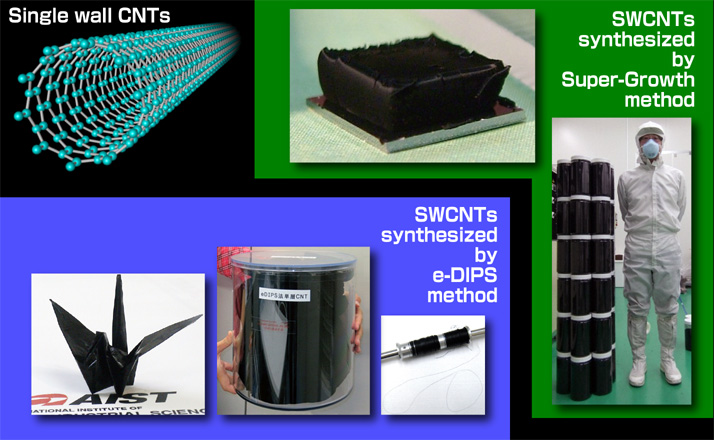
Carbon nanotubes (CNTs) are a new material discovered by Dr. Sumio Iijima. Single wall CNTs (SWCNTs) have various superior properties and are expected to be used for various applications; however, they are difficult to synthesize. AIST studied a method of synthesizing SWCNTs, developed the high-performance e-DIPS method and the low-cost Super-Growth method, and is working on the practical use of SWCNTs.
"Claist": Highly Functional Thin Film Made of Clay
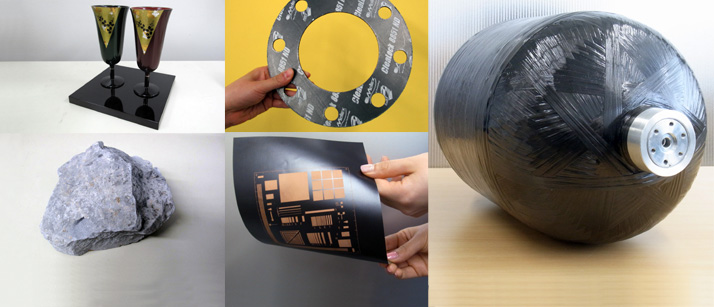
Sensitive to water, soft and easily torn, hardened when baked but breakable : This conventional image of clay is quite different from our high-function clay material called "Claist". Claist is produced by making ordinary clay, which is highly water-retaining, into thin and flexible films using a method similar to the traditional Japanese "kamisuki" technique of paper-making. Claist shows astounding barrier performance against gases and liquids and is now being used in various industrial fields.
Photoresponsive Gel: Self-repairing of Surface Damages
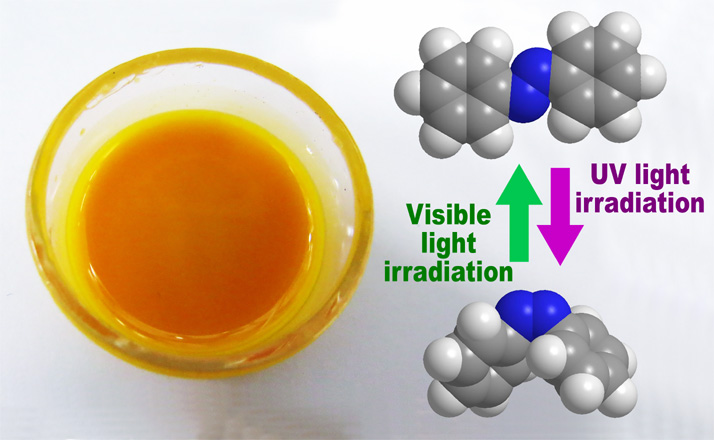
Discovering scratches on your parked car… Have you ever had such a sad experience? However, if you can easily repair scratches by light irradiation, it would be wonderful!
AIST has developed photoresponsive gels which turn from a solid-like gel into a fluidic sol by irradiation with UV light to repair such damages, and then return to a gel state by irradiation with visible light.
Redefining the Kilogram: Increasing the Precision of Avogadro's Constant
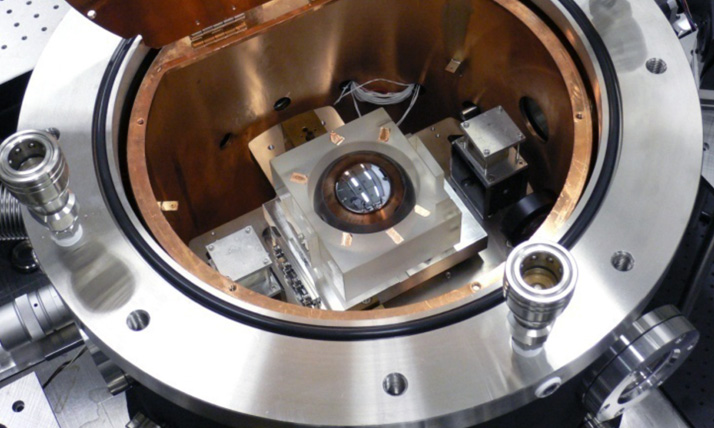
As technology progressed, the units of length and time have been defined and reviewed strictly. Meanwhile, redefinition of the mass standard based on the prototype kilogram using a fundamental physical constant is being reviewed. AIST is working on redefining the kilogram based on the Avogadro constant by using ultrahigh-precision silicon balls.
Printed Electronics: Thinner, Lighter, Rollable Electronic Devices
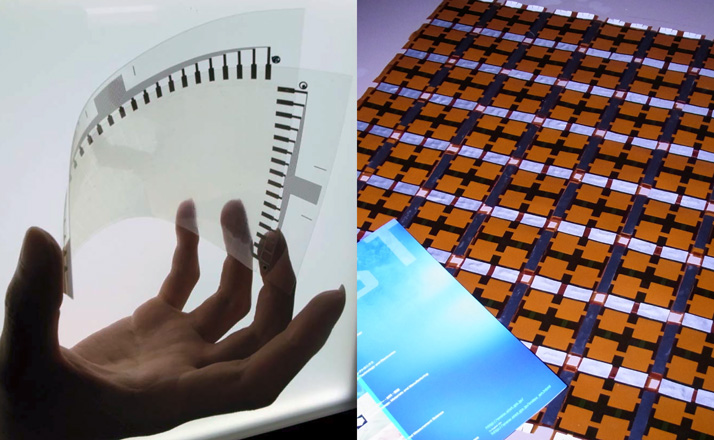
Printed electronics is a fascinating technology; electronic circuits can be fabricated with printing technology. Until now, electronic devices have been fabricated on materials like silicon and glass that are hard and heavy. But with printing technology, we will be able to make thinner, lighter electronic devices that can bend without breaking. Examples include sensors that stick to your skin or displays you can roll up and carry around with you.
Minimal Fab: Semiconductor Device Production on Demand at Low Cost
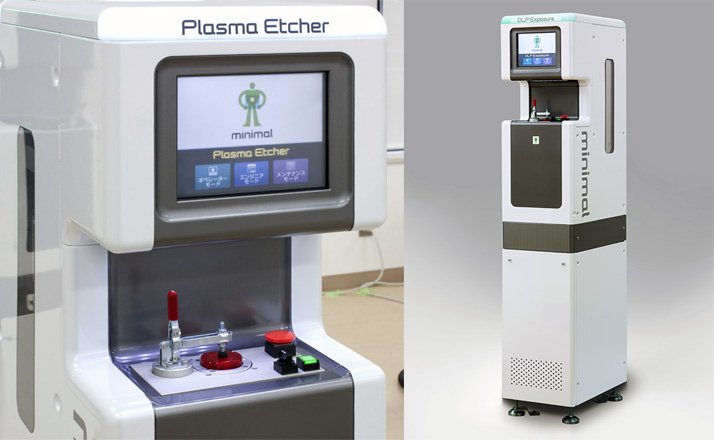
For semiconductor manufacturing, huge factories (mega fabs) made up of expensive, large-scale manufacturing equipment and cleanrooms used to be necessary. However, for low-volume production and trial manufacturing, the extremely high cost has been a problem. The solution to this problem is a minimal fab. With minimal fabs, manufacturing costs are reduced to 1/100 (to 1/1000) of the original cost, due to downsizing and standardization of manufacturing equipment.
Aerosol Deposition Method: Innovative Ceramics Coating
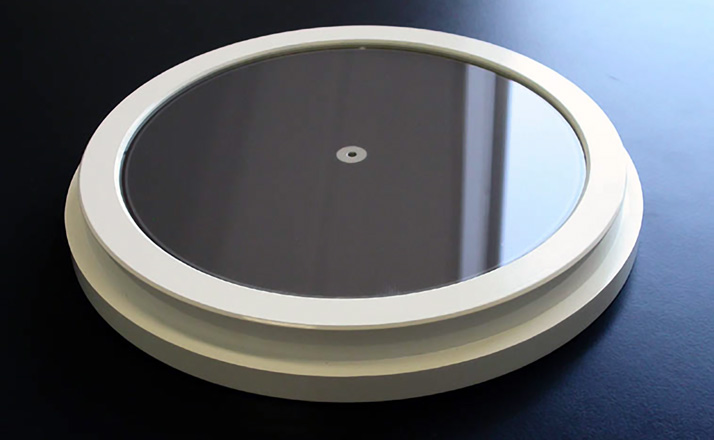
Coating a surface with a ceramic protects various materials from friction and heat. Conventionally, high-temperature treatment was widely used for such coating, but this requires expensive equipment. The aerosol deposition method (AD method) developed by AIST enables a high-strength, high-adhesion coating to be obtained at room temperature, by simply spraying ceramic powder onto the object without having to bake it.
Seawater Sherbet Ice: Preserves the Freshness of Fish
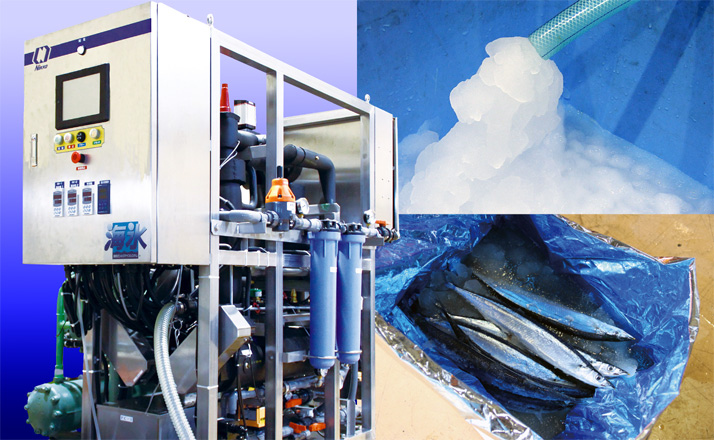
To deliver safe and tasty fish to the family dinner table, AIST and Nikko Corp. have been creative to help fishery sites and fishing vessels. A large amount of ice is needed to keep caught fish fresh. However, if the vessel stores ice before leaving port, the load and hence fuel costs will increase. Thus, a machine that creates sherbet ice from seawater quickly and in large amounts on boats was developed.